
Zimbabwe
About Zimbabwe
Zimbabwe, officially the Republic of Zimbabwe, is a landlocked country located in Southern Africa, between the Zambezi and Limpopo Rivers, bordered by South Africa to the south, Botswana to the south-west, Zambia to the north, and Mozambique to the east. The capital and largest city is Harare. The second largest city is Bulawayo.
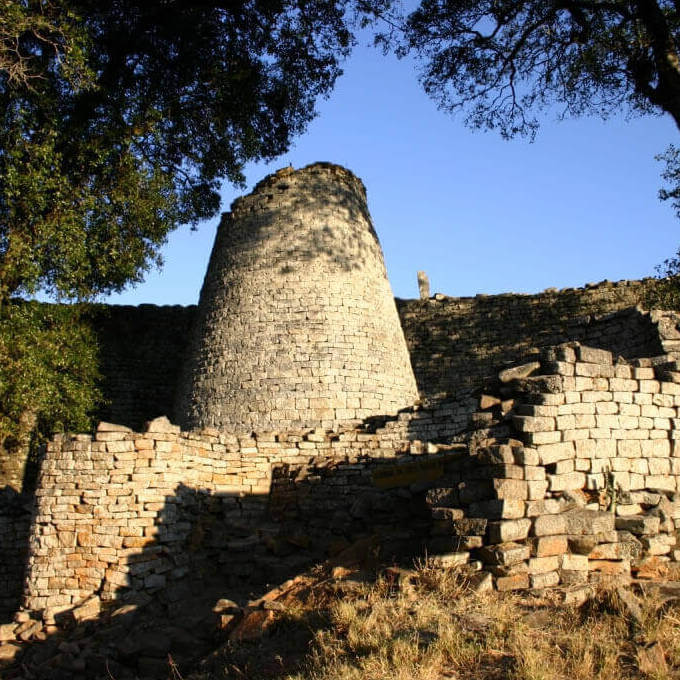
Etymology
There are two theories for the etymology of the name, Zimbabwe. The first proposes that the word is derived from Dzimba-dze-mabwe, translated from the Karanga dialect of Shona as "large houses of stone" (dzimba = plural of imba, "house"; mabwe = plural of bwe, "stone"). A second suggests that Zimbabwe is a contracted form of dzimba-hwe, which means "venerated houses" in the Zezuru dialect of Shona, as usually applied to the houses or graves of chiefs.
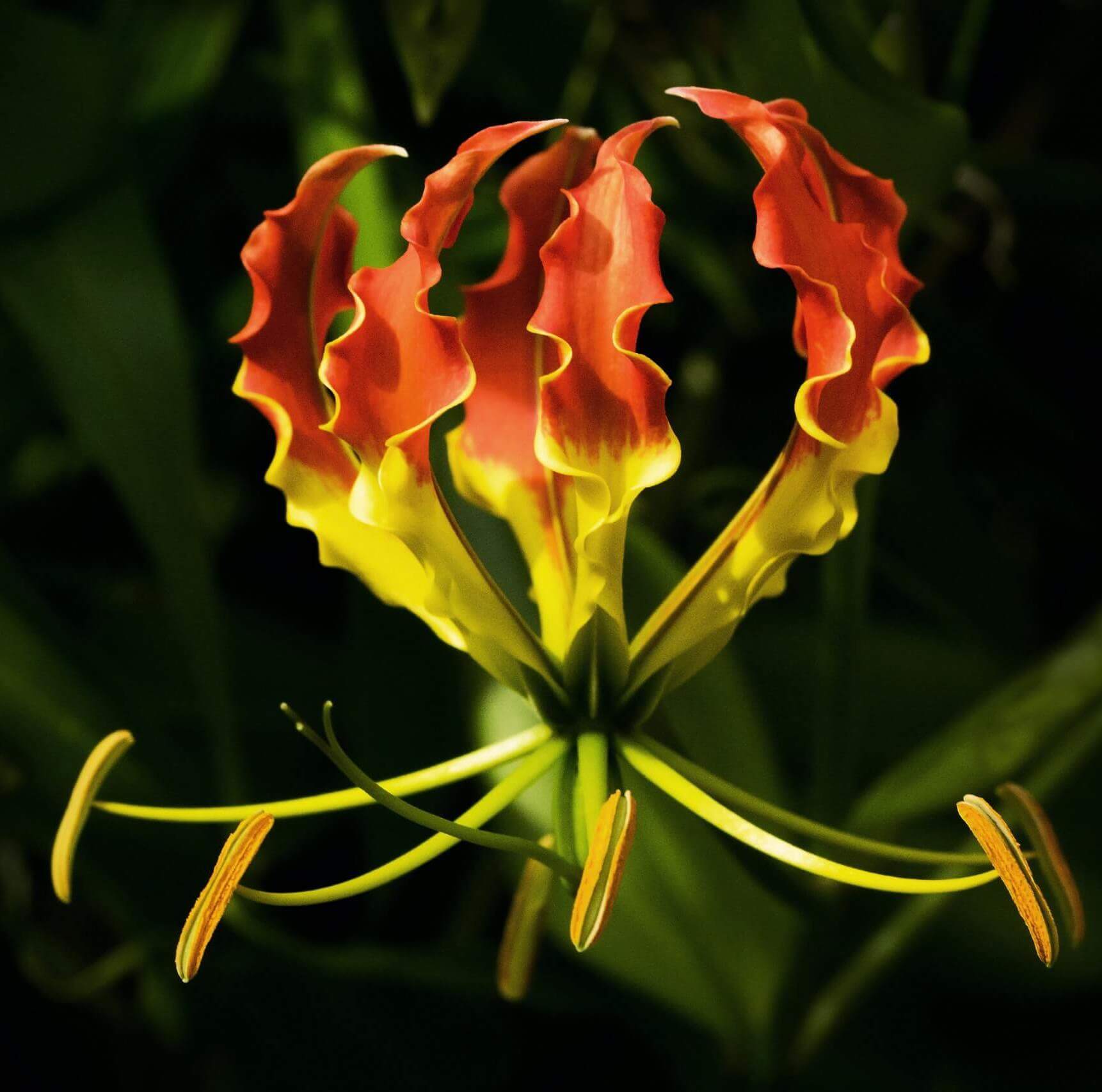
The Flame Lilly
The Flame Lilly is the national flower of Zimbabwe. It is listed as a protected plant under the Parks and Wildlife Act, so unlicensed cultivation, harvesting and trade in it is illegal. A diamond brooch in the shape of the flame lily was a gift from Southern Rhodesia (modern day Zimbabwe) to Queen Elizabeth II on a visit in 1947 while she was still the crown princess.
Large Elephant population
After Botswana Zimbabwe has the second-largest elephant population in the world at more than 100,000.
Its elephant population is controlled through culling, hunting, and conversation efforts by the Zimbabwe Parks and Wildlife Management Authority (Zimparks). The government agency oversees around 5 million hectares of national parks and botanical gardens.


Languages
The country with the most official languages in the world is Zimbabwe with 16, it’s a Guinness World Record. These are: Chewa, Chibarwe, English, Kalanga, Koisan, Nambya, Ndau, Ndebele, Shangani, Shona, Sign Language, Sotho, Tonga, Tswana, Venda and Xhosa.

independence
Zimbabwe was one of the last few African states to attain independence from British colonial rule in 1980. We celebrate independence on the 18th of April every year and it is a national bank holiday.
World's largest waterfall
Victoria Falls is one of original the Seven Natural Wonders of the World. Stretching 1.7 kilometres wide and shared by the countries of Zambia and Zimbabwe. The falls are formed as the full width of the Zambezi River plummets into a 108-metre high cleft. During the wet season, the spray from the falls can be seen nearly 50 kilometres away, hence the local name Mosi-oa-Tunya (the ‘Smoke that Thunders’).

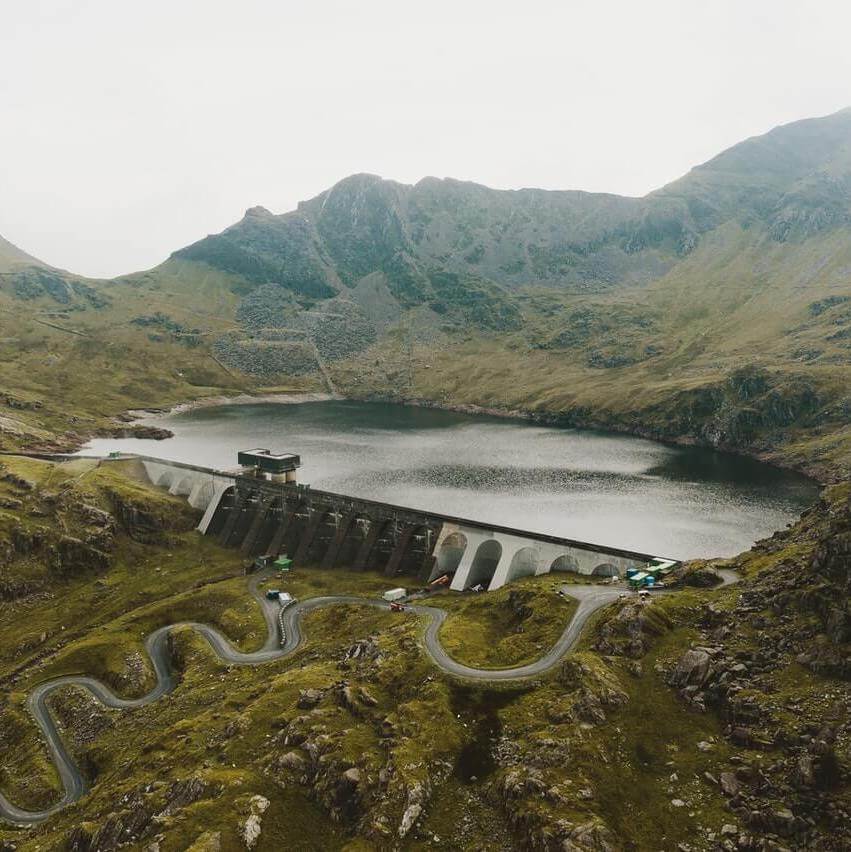
World's biggest man-made lake
Lake Kariba is the world’s largest man-made lake and reservoir by volume. It lies 1,300 kilometres upstream from the Indian Ocean, along the border between Zambia and Zimbabwe. The portion of Lake Kariba which falls within Zimbabwe has been designated a Recreational Park within the Zimbabwe Parks and Wildlife Estate.
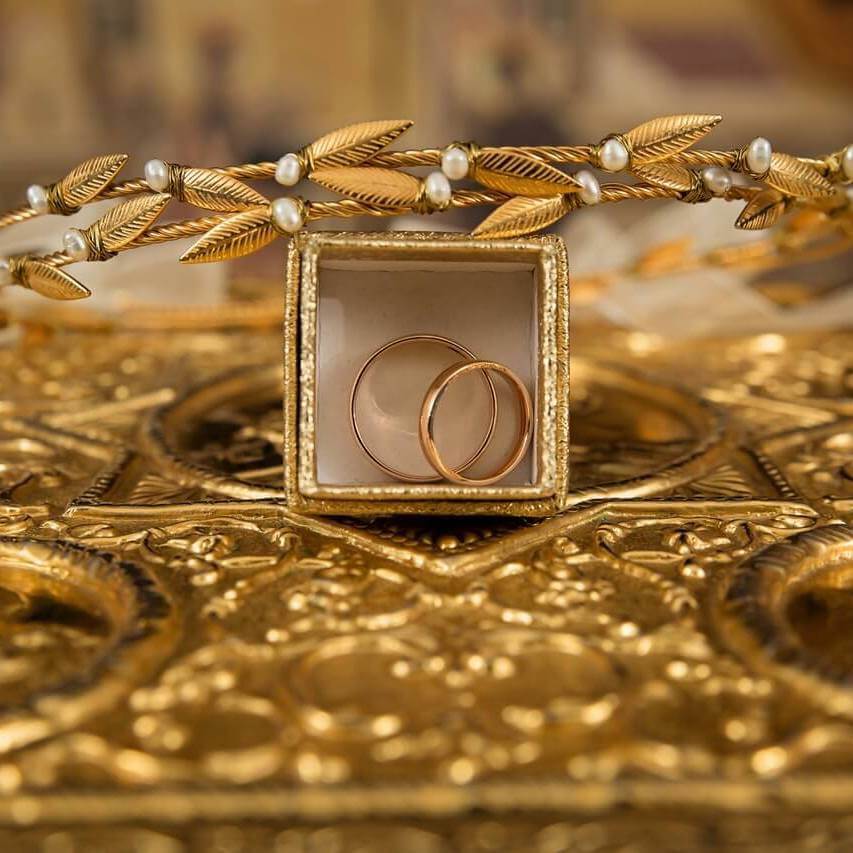
King Solomons's gold mines
Zimbabwe is believed to be the location of Ophir, the ancient wealthy country from which King Solomon got ivory, gold, and such other precious items. Great Zimbabwe was an ancient Shona city stood at the hub of a vast trade network in Southern Africa, trading in Gold and Iron with Portuguese and Indian traders.
Top producer of Tobacco
Zimbabwe is one of the top 10 producers of Tobacco in the world. Three types of tobacco have traditionally been grown in the country: Virginia flue-cured, burley and oriental tobacco. Only 20% of the population consume cigarettes and most of the tobacco produced is sold abroad.

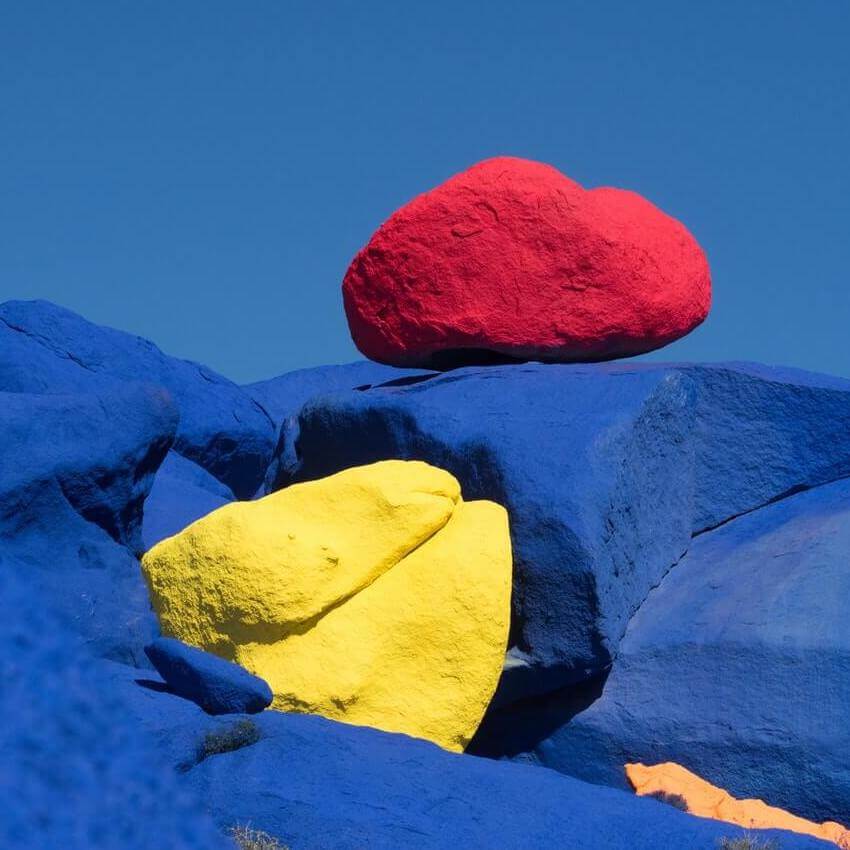
Rock paintings
Zimbabwe has southern Africa’s highest concentration of rock art, and there are thousands of sites all over the country. The rock art was drawn by the inhabitants of the land and it shows their way of life in those ancient times. The oldest of these rock paintings date back 7000 years.
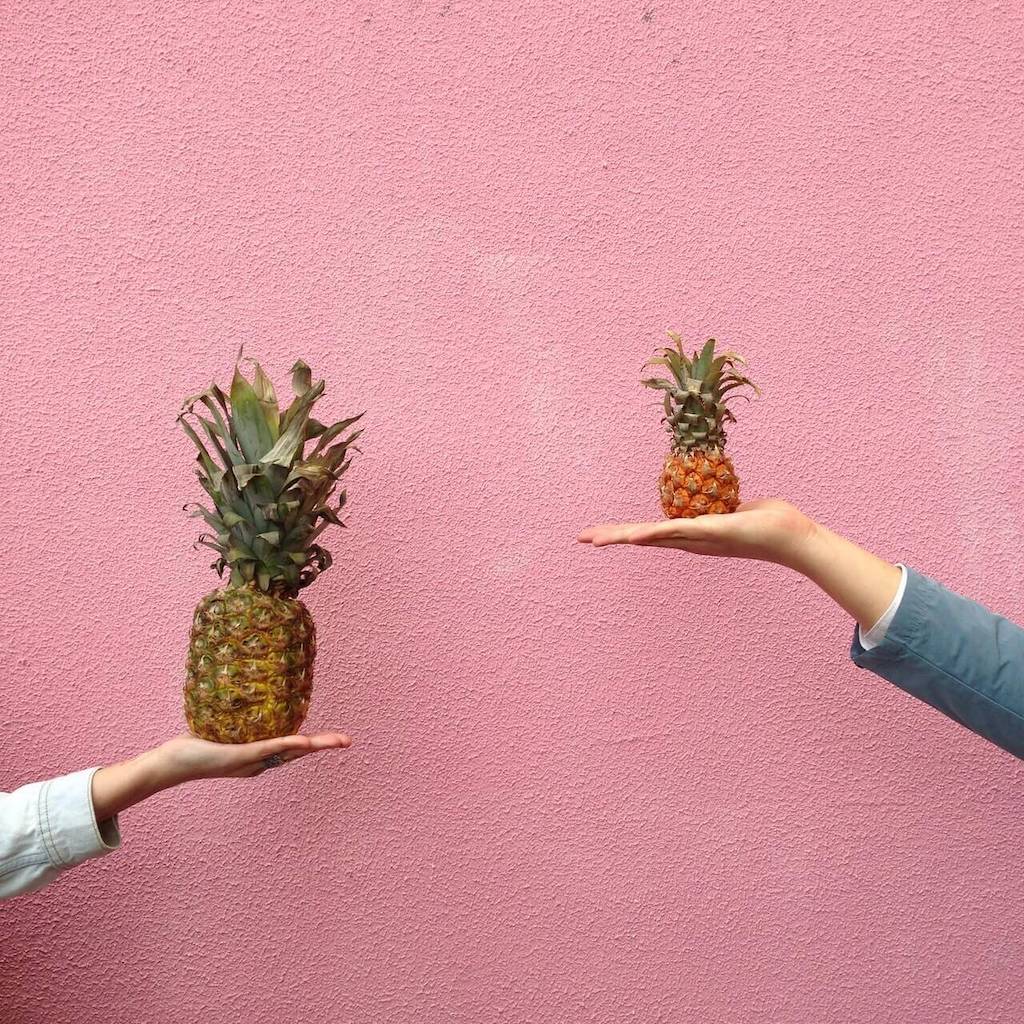
Zimbabwe is larger than Germany in terms of area
Zimbabwe is approximately 390,757 sq. km, while Germany is approximately 357,022 sq. km, making Germany 91.37% the size of Zimbabwe. Meanwhile, the population of Zimbabwe is ~ 14 million people (66.8 million more people live in Germany). It’s safe to say Germany has way more people.
Climate
Zimbabwe has a tropical climate with many local variations. The southern areas are known for their heat and aridity, parts of the central plateau receive frost in winter, the Zambezi valley is also known for its extreme heat and the Eastern Highlands usually experience cool temperatures and the highest rainfall in the country.